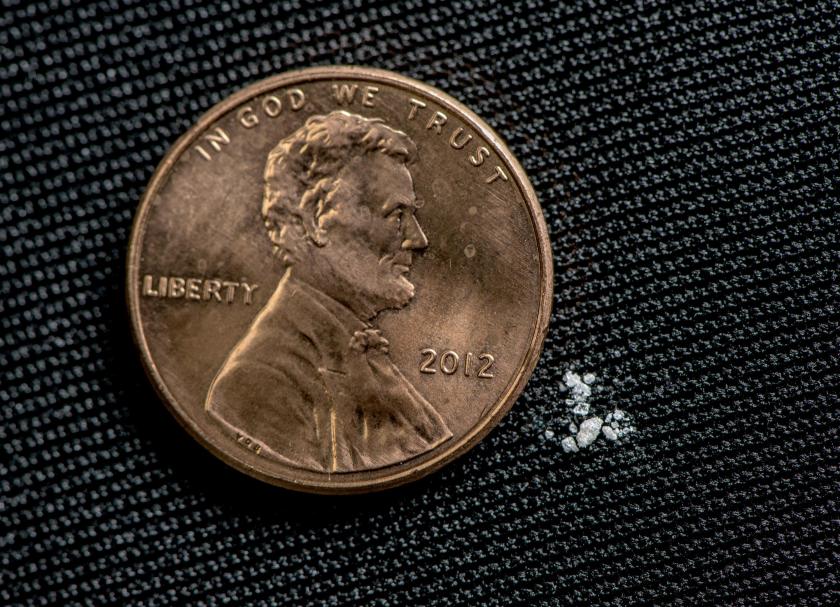You may have heard this grim statistic already: 713 people died of drug overdoses in San Francisco in 2020, mostly from fentanyl, and that's nearly triple the number of people who died from COVID here last year.
257 San Franciscans died from COVID-19 between March and December of 2020, but the fentanyl overdose crisis eclipsed that even though it didn't grab as many headlines. The New York Times is covering it again today, laying out how the overdose crisis is linked to the housing crisis here. Visible homelessness is more of an issue here than on the East Coast because of a temperate climate that has meant we don't have the same huge shelter system as, say, New York. So, more people live on the street, and the streets are full of fentanyl these days. The cops don't do much of anything about drug use anymore — they have a directive to go after dealers, and if you listen to our district attorney, they should only be going after the high-level dealers.
And it's very, very easy to overdose on fentanyl, with just a few milligrams sometimes making a difference — it is much more potent than heroin, and up to 100 times more potent than morphine. The DEA uses the illustration below showing what 2 milligrams of fentanyl looks like next to a penny, saying that is a lethal dose for most people.

SF reportedly now has more overdose deaths per capita than any other West Coast city, and as Supervisor Matt Haney tells the Times, "I can say for sure that what we are doing is not working and that it’s getting worse every single day."
Fentanyl overdoses have impacted many parts of the country in recent years, but in San Francisco, with its intractable homeless crisis and the open-air drug market/asylum of the Tenderloin, the problem is clearly worse, and more visible. More people seem to be doing straight fentanyl these days, where as in earlier years, as the CDC has said, the drug was "often mixed with heroin and/or cocaine as a combination product — with or without the user’s knowledge — to increase its euphoric effects."
Also, as UC San Diego professor Dr. Peter Davidson tells the Times, fentanyl can kill very quickly, compared to heroin or other substances. "With heroin you typically have one to two hours between last use and when you stop breathing — a pretty big window for someone to find you and to do something about it,” he says. "With fentanyl you’re talking about five to 15 minutes."
According to SF's Drug Overdose Prevention and Education Project, the city gave out more than 50,000 doses of the overdose-reversing drug naloxone last year, and saved a reported 4,300 overdose deaths from occurring. But many deaths have clearly happened when no one was around.
Haney says that San Francisco's policy of harm reduction and providing users with clean needles and naloxone is "tragically inadequate," but it's unclear what's going to change when criminalizing drug use is unpopular, and the supply of fentanyl only seems to be growing.
According to Tenderloin police, they seized 5,449 grams of fentanyl in 2020, which was four times the amount they seized in 2019.
Police Chief Bill Scott told 60 Minutes+ last month that he and District Attorney Chesa Boudin disagree about policing and prosecuting drug crimes. Boudin says "bring me kilos, not crumbs," and Scott says, "I'm looking at every individual life counts."
Scott added, "If we get just a little sack of fentanyl off the streets, that's just as fantastic. Because those street-level dealers are who are causing, in my opinion, the damage that's happening on the streets."
Previously: SF Saw Triple the Number of Overdose Deaths Than COVID-19 Deaths in 2020

